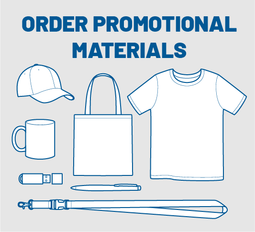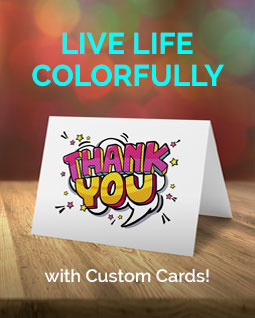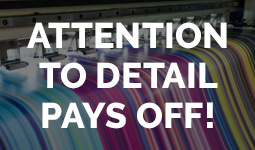More Print Tips
- • Maximum Impact: Is it Best to Send a Postcard or a Letter?
- • Drive Rapid Response to Your Direct Mail: 10 Pro Tips
- • The Usefulness and Utility of Print Marketing
- • Boost Sales with Brochures
- • 5 Opacity Tips You Should Know
- • The Window to Marketing
- • Profitable Postcard Marketing: Finding the Right Frequency
- • 3 Fundamentals for Nailing Your Direct Mail Marketing
- • Picking the Perfect Paper
Printing Considerations for Envelopes
An envelope can be so much more than simply a covering of some sort for your correspondence. The right envelope can instantly convey a wealth of ideas before its intended recipient even opens it up. The next time you're working on choosing the right envelope for your marketing, keep the following considerations in mind.

Envelopes: The Making of...
Knowing what type of envelope will best fit your needs starts with an understanding of how they're made. Envelopes start as flat paper and go through the envelope conversion process to become an envelope. The flat paper is cut to the right shape, an adhesive is applied to the envelope flap, and the paper is folded and glued to take the final form of the envelope. Printing the envelope after the envelope conversion process is an economical way to purchase envelopes, but limits the design options for the envelopes. Printing the envelope before the conversion process allows for the greatest amount of creativity.

Make Your Envelopes Stand Out
Printing envelopes before the conversion process offers a fantastic way to grab your customers' attention. Try adding some special effects to your envelopes like printing envelopes emblazoned with graphics on the outside, print on the inside of the envelope, or even simply print your envelopes in four-color. Little additions like these can make a huge impact.
Solutions for Differing Budgets
As with any order, it's important to weigh where the cost breaks are and what techniques are more cost effective than others. Large runs of 5,000 or more envelopes could lend themselves to customizing envelopes with engraving, printing and embossing. Even though this process is both more expensive and time-consuming, its costs could fall enough so that the project falls within your budget and you'd get the benefit of an impactful first impression. For smaller runs, the benefit versus cost of customization would need to weighed, since smaller runs of customized envelopes would not be as cost effective.

When Designing Envelopes, Keep Postal Regulations in Mind
Nothing would be worse than a beautiful envelope that the post office won't mail! You'll need to limit the use of both the return address information and any graphics to the envelope's upper left corner in order to meet the regulations of the post office. Also, the envelope's face needs to be left blank. This allows the post office to include any necessary information and provides a place to add the recipient's address. Be sure to double check the mailing regulations or ask before ordering your envelopes.
If printing envelopes after the conversion process, one thing to keep in mind is that when designing your envelopes a clear area of 3/8-inch at the top of a pre-made envelope should be built in to provide the space needed to pull the envelope through the press when it's being printed.
Knowing these considerations prior to making a decision can help you choose the envelope design that best meets your needs and your budget.


The Graphic Design Reference & Specification Book: Everything Graphic Designers Need to Know Every Day
by Aaris Sherin
The Graphic Design Reference & Specification Book should always be next to a designer's computer. Completely practical with only the most needed information, this valuable book provides designers with all the little details that can make or break a design, such as how much space to leave in the gutter when designing barrel folds, how to layout a template for a box, and the ratios of each part, as well as metric conversion charts, standard envelope sizes in the USA, Europe, Canada and Asia, and much more. This hardworking handbook is compact and accessible and is a must-have for any graphic designer.



Share this